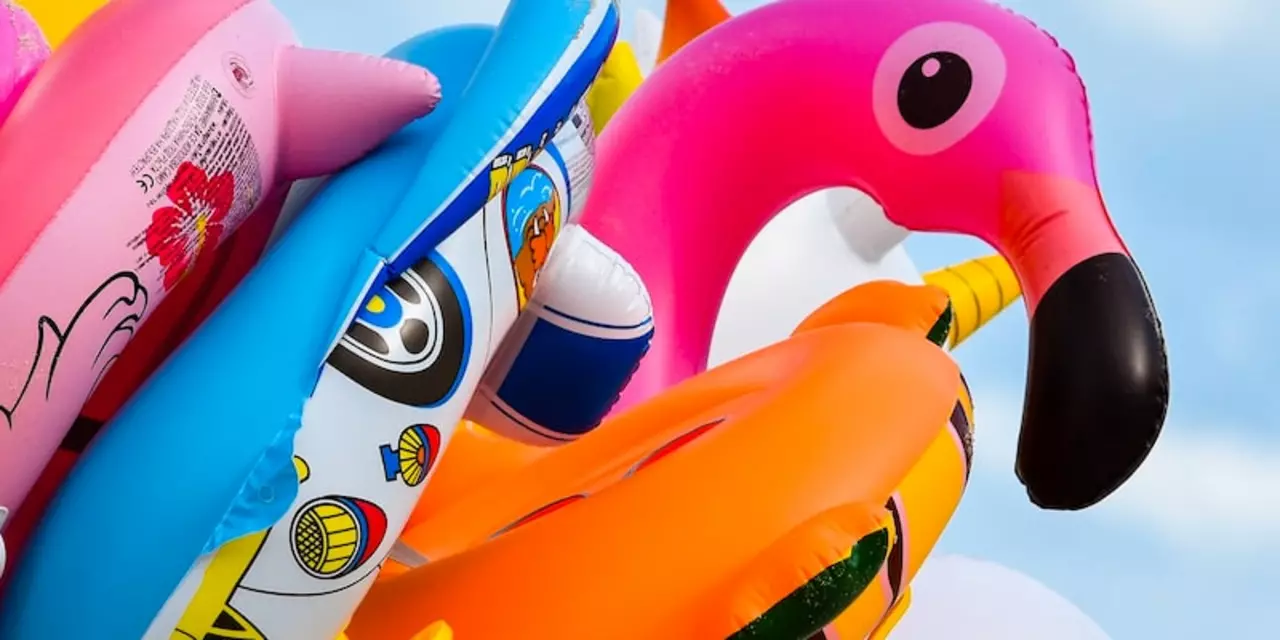Inflatable Windsurfing Gear: What You Need to Know
Inflatable windsurf gear has changed the game for beginners and seasoned riders alike. It’s light, easy to transport, and forgiving on choppy water. If you’re wondering whether an inflatable board or rig is worth the money, keep reading – the answers are right here.
Why Choose Inflatable Gear?
First off, an inflatable board packs down to the size of a backpack. That means you can load it into a car trunk, a train locker, or even a small roof rack. No need for a trailer or a dedicated garage space. Second, the air‑filled hull absorbs bumps that would otherwise jolt a hard‑board rider, making it kinder on your joints and easier to catch waves in variable wind.
Another big plus is durability. Modern PVC and drop‑stitch construction can handle rocks, sand, and the occasional wipe‑out without cracking. For UK windsurfers who face unpredictable tides and sudden gusts, that resilience is priceless. Finally, setup is quick – inflate with a hand pump or electric blower, attach the foot straps, and you’re ready to launch in under five minutes.
Choosing the Right Inflatable Board
When you shop for an inflatable board, size matters. A longer board (about 3.5‑4 m) provides stability for low‑wind days and is great for learning basic turns. Shorter boards (around 3 m) feel more responsive and let you carve sharper lines when the wind picks up.
Volume is the next factor. Higher volume means more buoyancy, which translates to easier paddling and a smoother ride in flat water. If you’re a heavier rider or like to carry extra gear, aim for a board with at least 150 L of volume. Lighter surfers can drop to 120‑130 L for a more playful feel.Don’t forget about the fin system. Removable fins let you adapt the board for freestyle, slalom, or wave riding. A well‑engineered fin box also reduces the chance of damage if you hit a reef or rocks.
Lastly, check the pump compatibility. Some brands sell a dedicated pump that fits the valve perfectly, cutting inflation time by half. It’s a small expense that saves you minutes on the water.
Once you have the board, practice a few basic skills on calm water. Inflate the board fully, check the pressure (usually 8‑10 psi), and walk around to feel any soft spots. Then, try a short paddle to make sure the board tracks straight. Small adjustments now prevent bigger problems later.
When the wind kicks up, remember that inflatables respond faster to gusts because they’re lighter. Keep your stance low, and use short, quick foot movements to stay balanced. The board’s flex will help you glide through chop, but you still need to steer with the sail as you would on a hard board.
In short, inflatable windsurf gear offers convenience, durability, and a forgiving ride that suits most UK conditions. Pick the right size, check the volume, and invest in a good pump – then you’ll be ready to hit the water anytime, anywhere.
What is the best inflatable stand up paddle boards?
Inflatable stand up paddle boards (iSUPs) are a great choice for people looking for a lightweight, portable, and durable board for any water sport. They offer a range of sizes and styles, from basic cruising boards to high performance racing models. Inflatable boards are typically made from strong but lightweight materials such as PVC or drop stitch, and can be inflated to a rock-solid pressure with a hand pump. The best iSUPs offer great stability in choppy waters, and can be deflated and rolled up for easy transportation. They are perfect for both novice and experienced paddlers alike.
